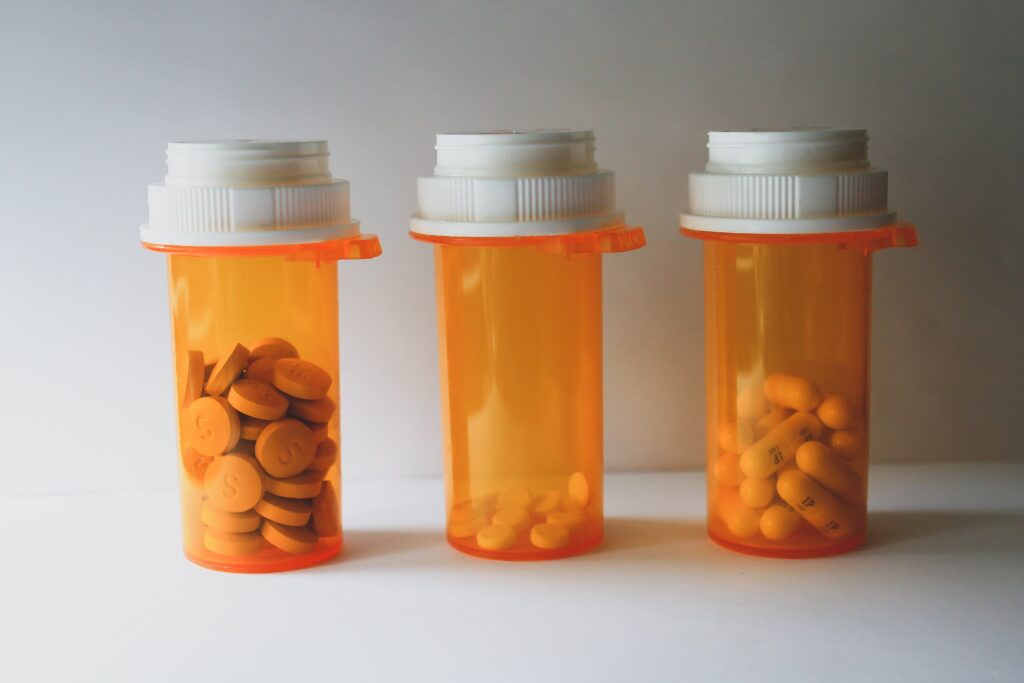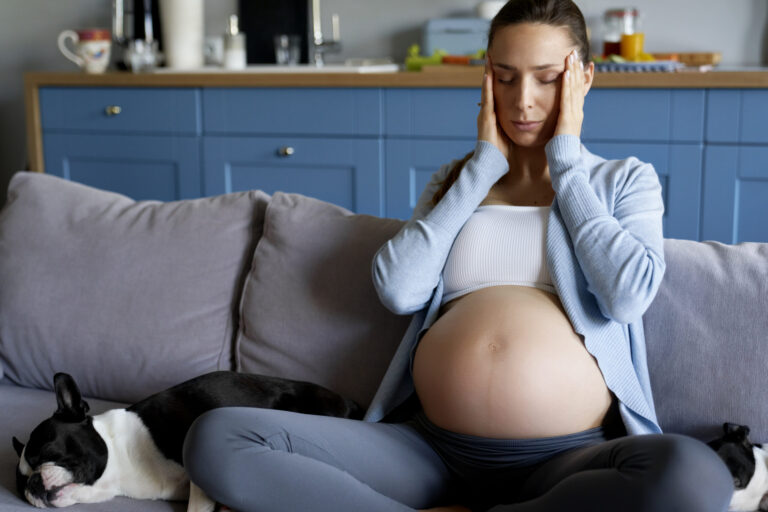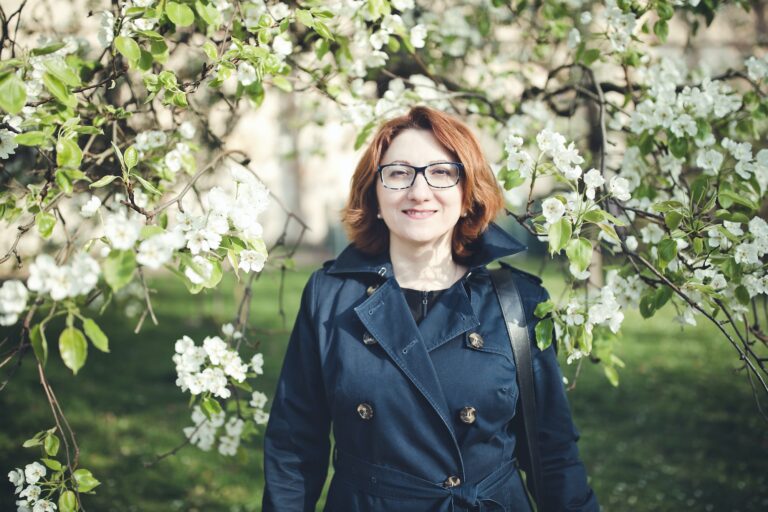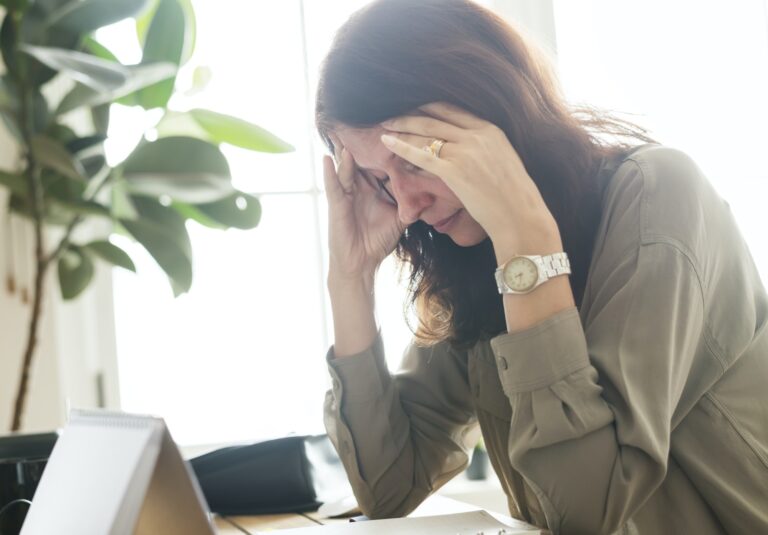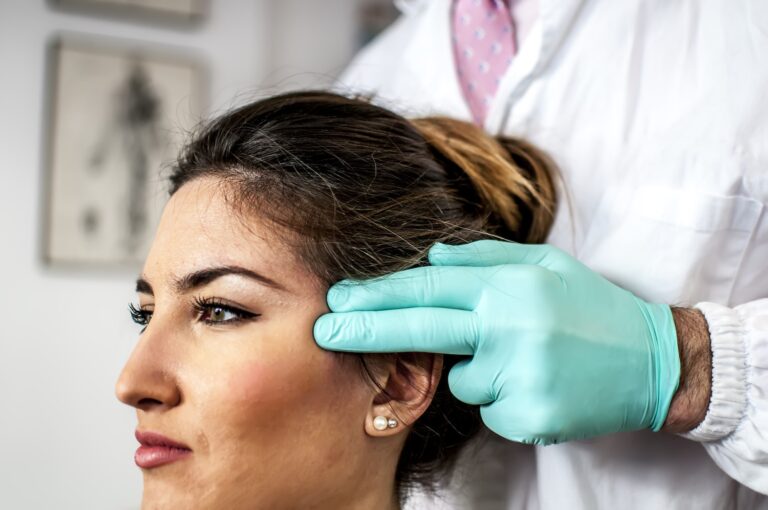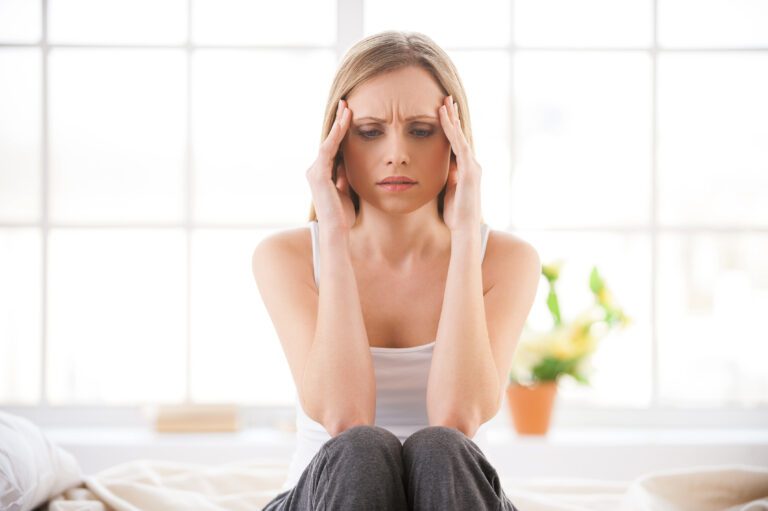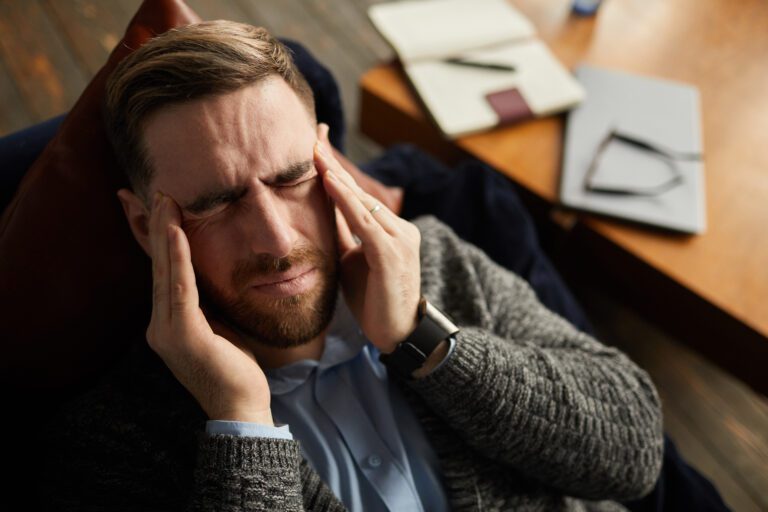For children and teenagers who suffer from frequent headaches or have been diagnosed by a neurologist as suffering from migraines, there are general guidelines for their daily life that will help with their problem. Most of the instructions essentially concern a healthy lifestyle, as it should apply to everyone and especially to our young fellow citizens.
First of all, especially in this category of patients, it is very important to keep a headache diary that is filled in by the patient or - in the case of children - by their guardians and in which daily habits should also be recorded (times of eating, sleeping, physical and mental activity, tutorials, hours on the computer, etc.).
Also, it is very important to regulate the sleep schedule in young migraine patients. A child should sleep 8-10 hours a night in a quiet and comfortable environment with the onset of sleep before midnight. The room temperature should not be too low (air-condition?) or too high. Scary movies on TV should be avoided before bedtime. If the child wishes, he can have a dim light on in his room. For teenagers, it is true that they can sleep a little later on the weekends, but to avoid, if possible, long hours of use of the computer, the Internet and games (2 hours is enough).
Every child and teenager (and especially if there is a migraine) should have three meals a day and 1-2 snacks in between at set times. In no case should breakfast be skipped before the child or teenager leaves for school in the morning. In general deprivation diets should be avoided unless specific foods are for migraine. Thus caution is recommended for these children in the consumption of chocolate, cheese, some fruits, prepared foods, fast food, foods containing glutamate and/or aspartame and foods containing alcohol. Coffee should be avoided because it can lead to sleep disorders and mood disorders which are trigger points for migraines.
All children should be adequately hydrated. Teenagers need at least 2 liters of water (not carbonated or sugary drinks) a day, which increases to at least 3 liters in the summer or with vigorous physical activity. It should be emphasized to teenagers that the consumption of dubious quality alcohol or the consumption of a large amount of alcohol, in addition to the generally harmful effects they have on the body, are in themselves capable of causing severe headaches or starting a migraine attack.
All children or adolescents with migraine should be encouraged to do aerobic physical activity (of their choice) for at least 30 minutes a day for 3-7 days a week. Sports or activities that subsequently trigger migraine attacks should be avoided.
In developed Western societies, the expectations that exist from children or teenagers are often too high and fill our young fellow citizens with extra stress and often melancholy and fear of failure. It is easy to understand that these conditions are not the best for people who have chronic headaches or migraines. A discussion with migraine patients and their families about more realistic and less stressful goals will certainly contribute to the improvement of the problem.
